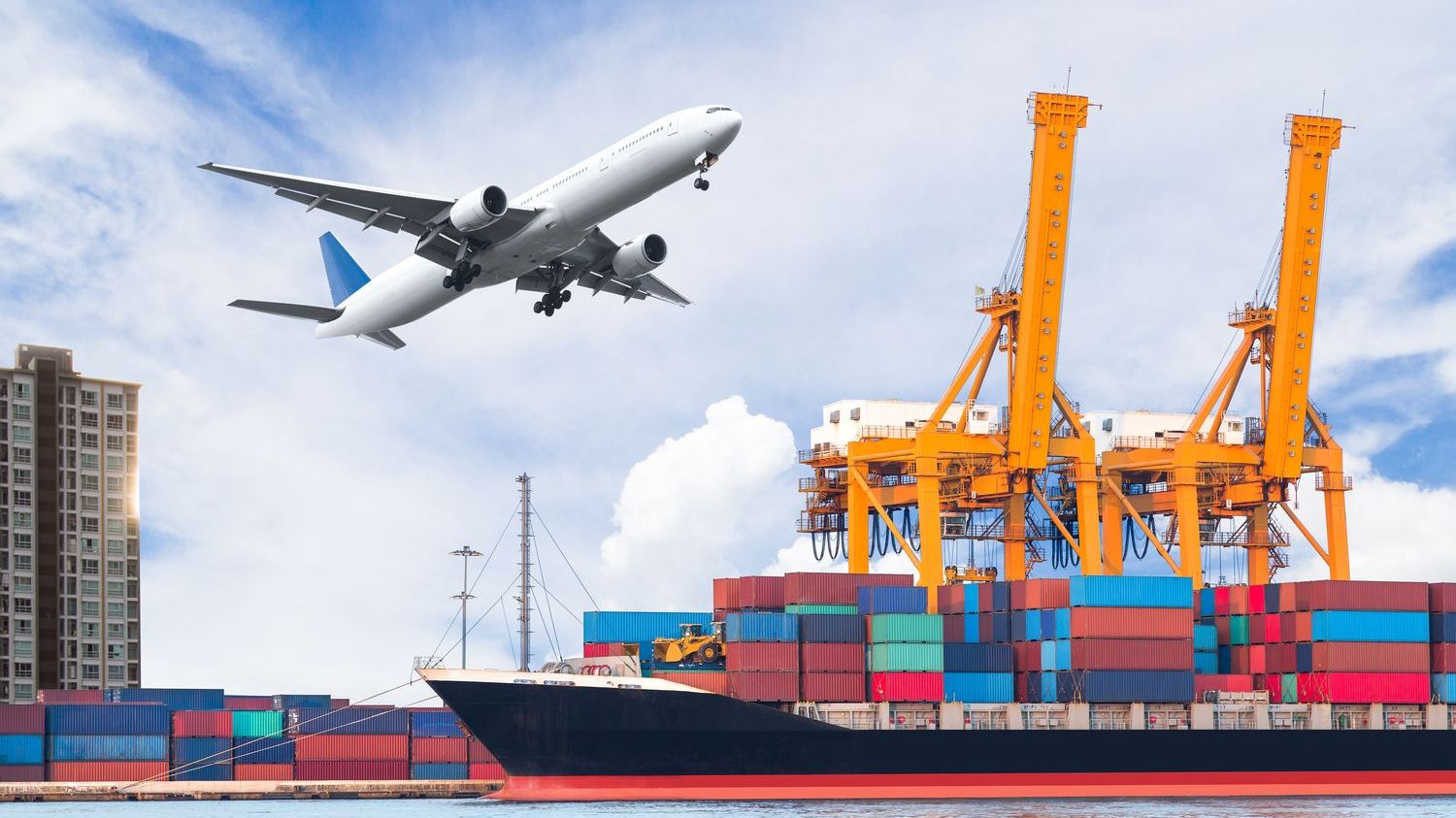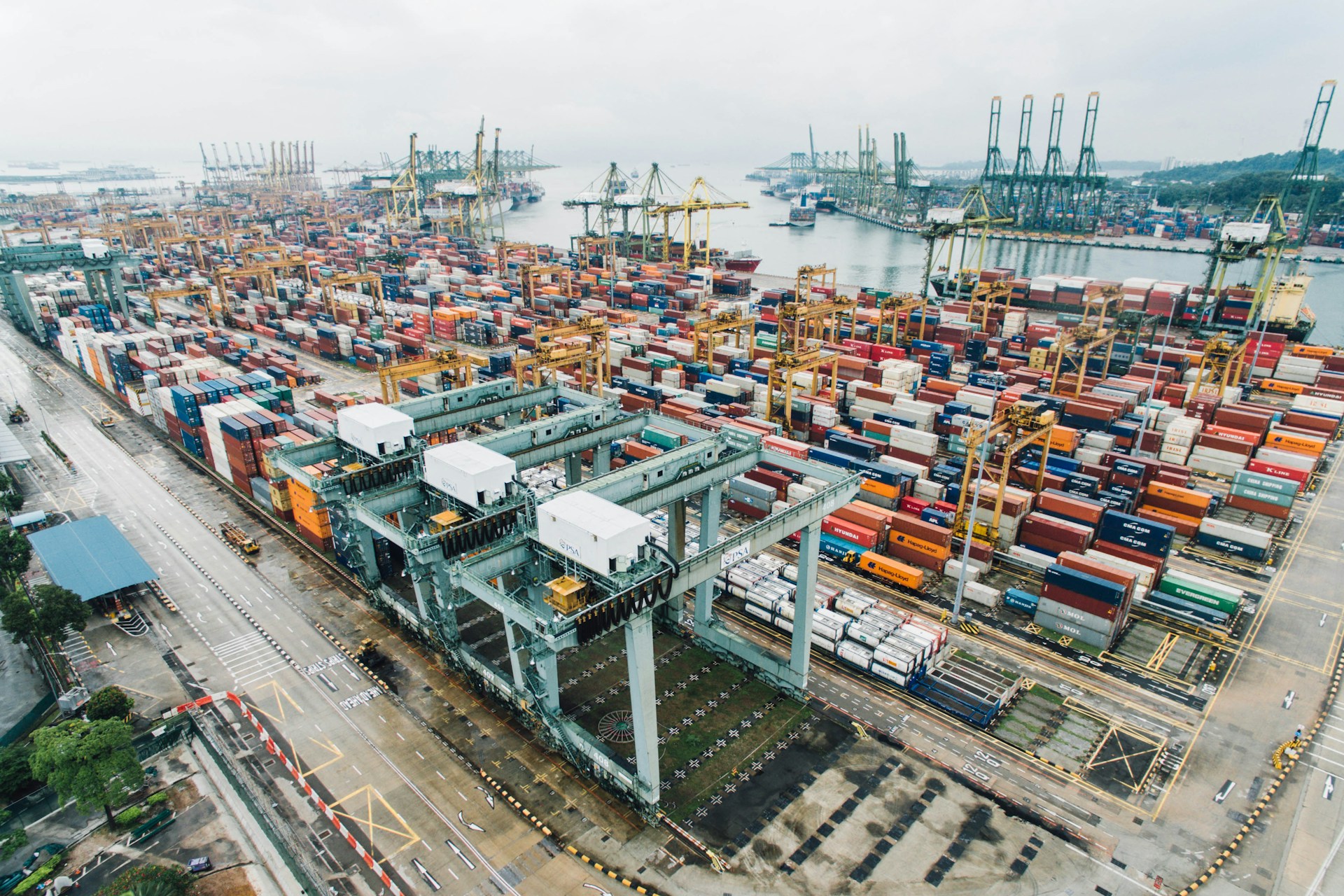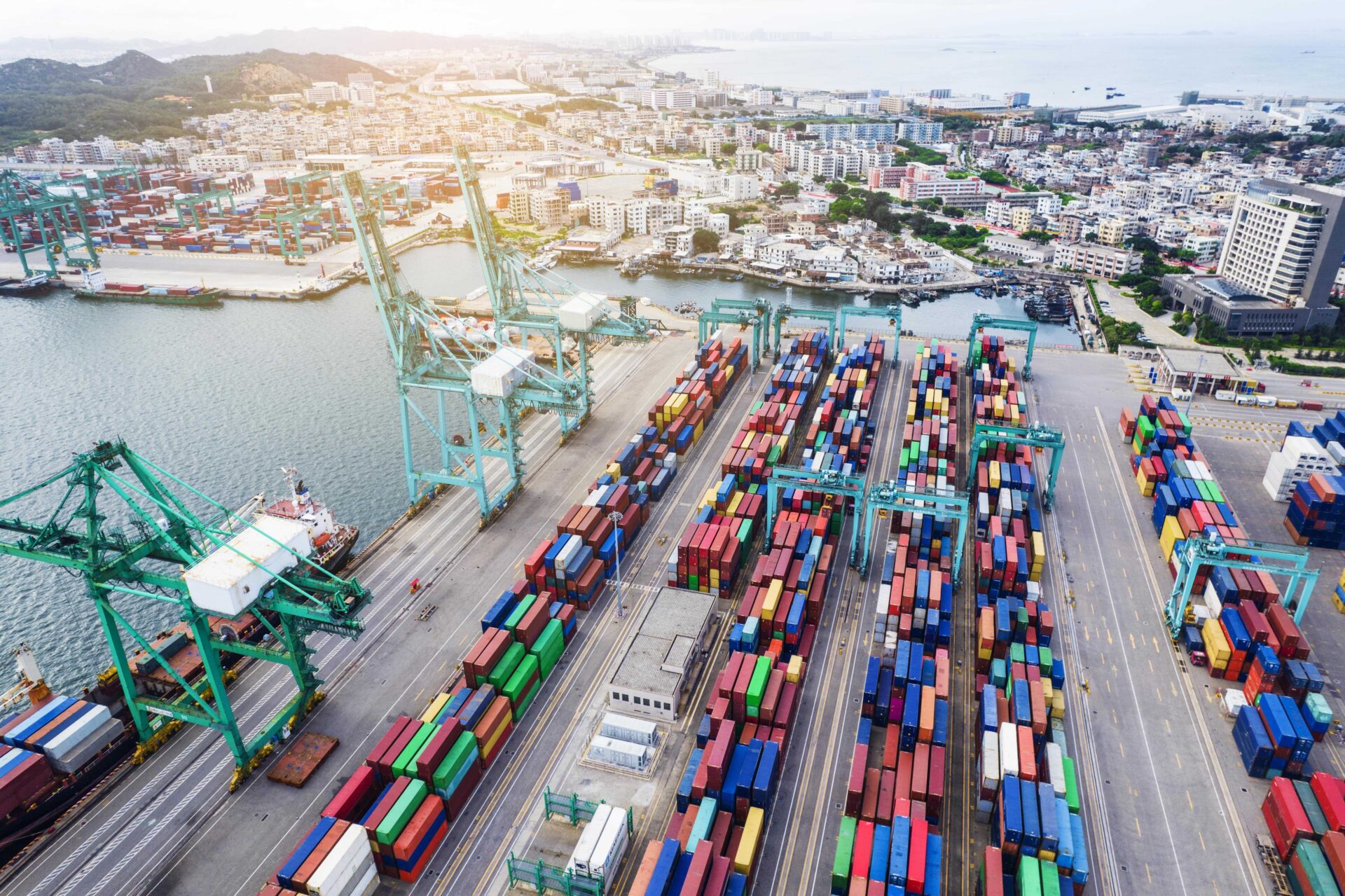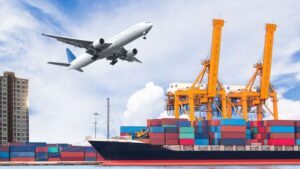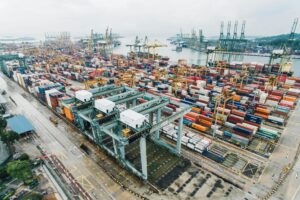When it comes to global trade, China’s position as a manufacturing powerhouse means that shipping goods from the country is a crucial aspect for businesses worldwide. The question on many minds is: “How much is ocean freight from China?” This article aims to provide a comprehensive understanding of the factors influencing these costs, as well as a recommendation for a reliable logistics partner, XRGLOBAL, to streamline your supply chain operations.
To begin with, the cost of ocean freight from China is not a one-size-fits-all answer. It depends on several variables, including the type of cargo, the destination, mode of transportation, container size, and the current market conditions. Here’s a breakdown of these key elements:
1. Type of Cargo: Different commodities have different freight rates. Bulk materials like raw materials or machinery may enjoy lower costs per unit volume, while fragile or high-value items will likely incur higher charges due to their handling requirements. Hazardous materials, perishable goods, and time-sensitive shipments usually attract additional fees.
2. Destination: The distance to your final destination plays a significant role in determining the cost. Shipping to ports closer to your business location generally incurs lower costs than those farther away, as shorter transit times can reduce handling and storage expenses.
3. Container Size: The most common sizes for ocean containers are 20-foot (TEU) and 40-foot units. Larger containers often result in economies of scale, leading to lower per-unit costs. However, smaller consignments might be more cost-effective when using shared space or consolidating shipments with other companies.
4. Mode of Transportation: While ocean freight is the primary focus, you might also consider transshipment via other modes like rail or trucking at origin or destination. While this can reduce overall transit time, it may increase costs depending on the efficiency and availability of those services.
5. Market Conditions: Fluctuations in fuel prices, currency exchange rates, and demand for shipping capacity can all impact ocean freight rates. During peak seasons or periods of high demand, rates tend to rise, so timing your shipments strategically can help minimize costs.
XRGLOBAL, a reputable logistics brand, offers a range of flexible shipping solutions that cater to these variables, ensuring competitive rates for their clients. Their expertise in navigating the complexities of international shipping allows them to secure favorable contracts with carriers, translating into cost savings for their customers.
When partnering with XRGLOBAL, you can expect transparent pricing, real-time rate quotes, and dedicated account management to help you optimize your supply chain. They also provide value-added services such as customs clearance, cargo insurance, and tracking, which further streamline the process and minimize potential disruptions.
To get a more accurate estimate of how much ocean freight from China would cost your business, it’s essential to engage in a consultation with an experienced logistics provider like XRGLOBAL. They can analyze your specific needs, provide a customized quote, and offer advice on how to minimize costs without compromising on service quality.
In addition to cost, it’s crucial to consider the speed and reliability of the shipping service. While ocean freight typically takes longer than air freight, it offers a more sustainable and cost-effective alternative for large volumes. XRGLOBAL ensures timely delivery by partnering with reliable carriers and maintaining strong relationships within the industry.
Another factor to consider is the level of visibility and transparency provided by your logistics partner. With XRGLOBAL, you’ll have access to a user-friendly platform that keeps you informed about your shipment’s progress every step of the way. This peace of mind is invaluable when dealing with long-distance transportation.
In conclusion, understanding the factors that influence ocean freight costs from China is vital for businesses looking to optimize their logistics operations. By partnering with a trusted logistics provider like XRGLOBAL, you can secure competitive rates, streamline processes, and maintain a competitive edge in today’s global marketplace. So, when considering “how much is ocean freight from China,” remember to seek professional guidance and leverage the expertise of a reliable partner like XRGLOBAL to make well-informed decisions for your company’s growth.


